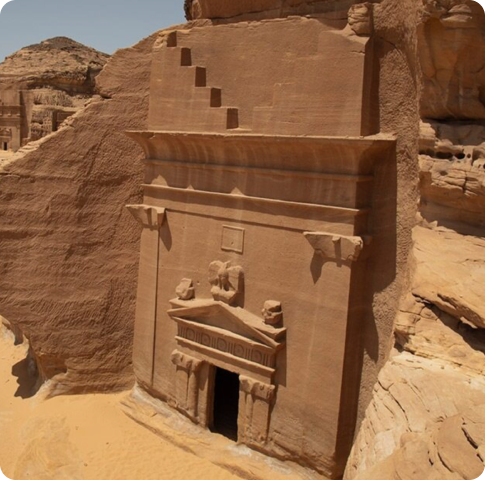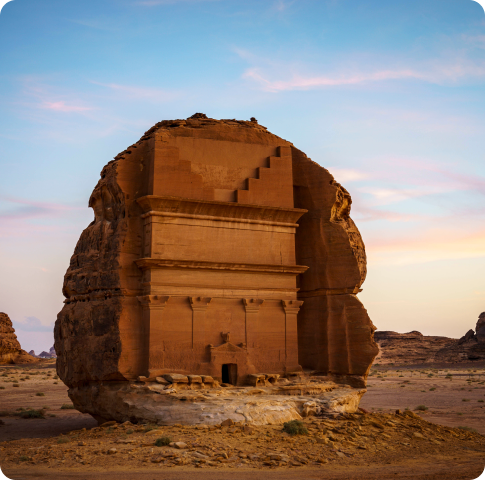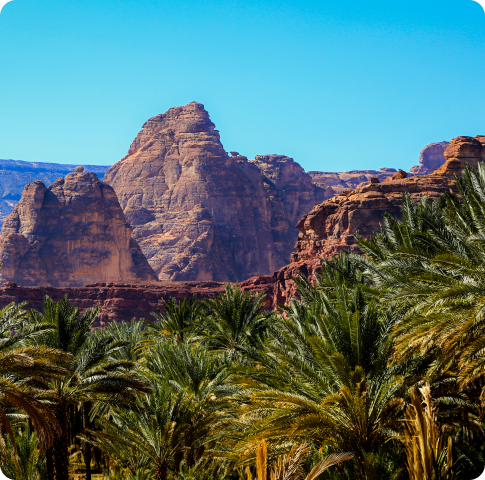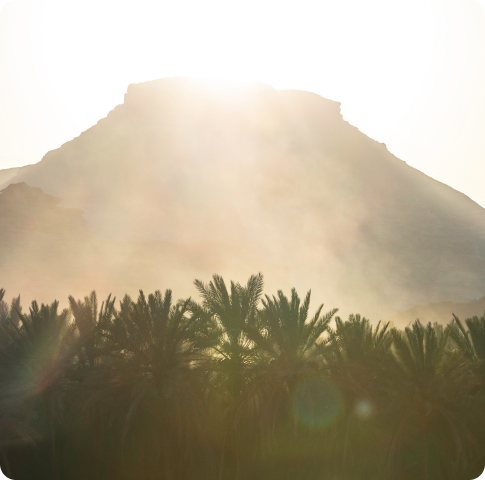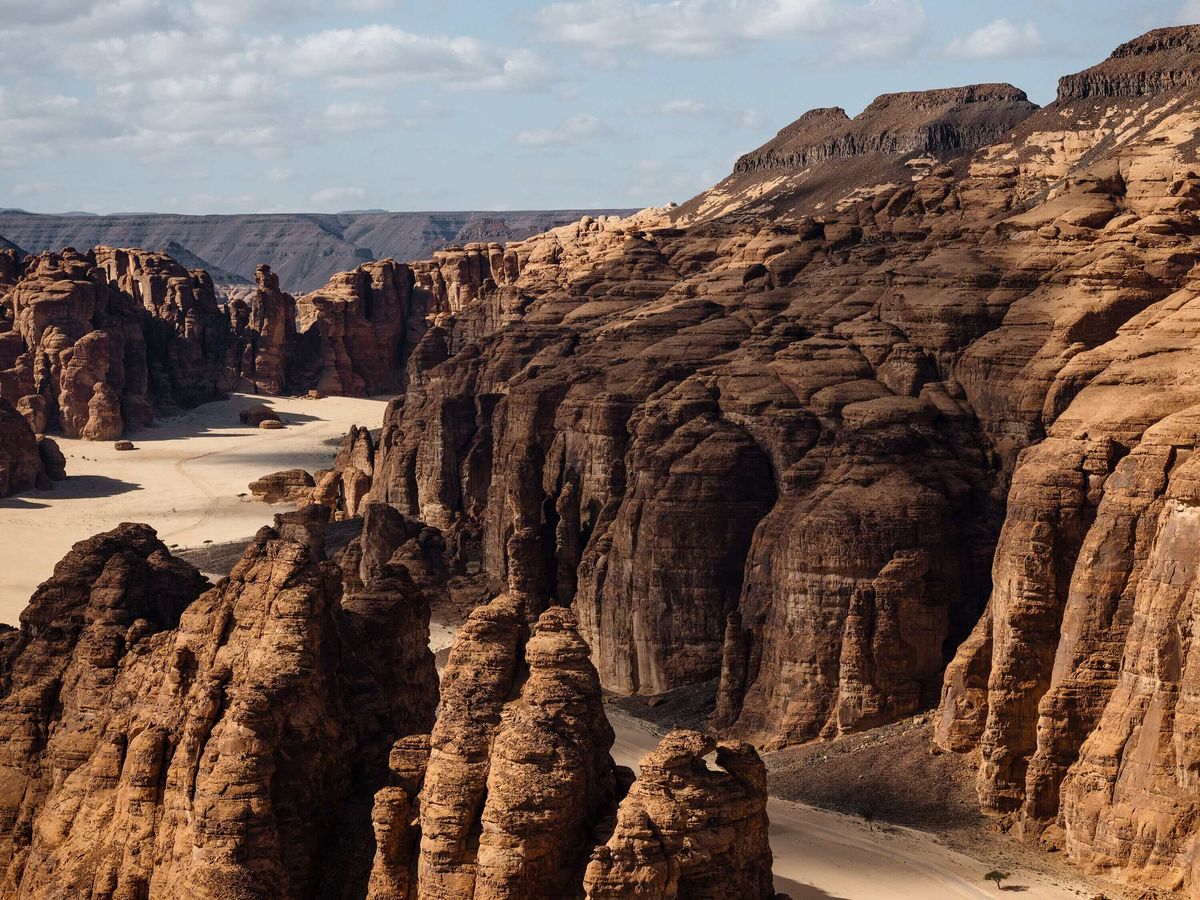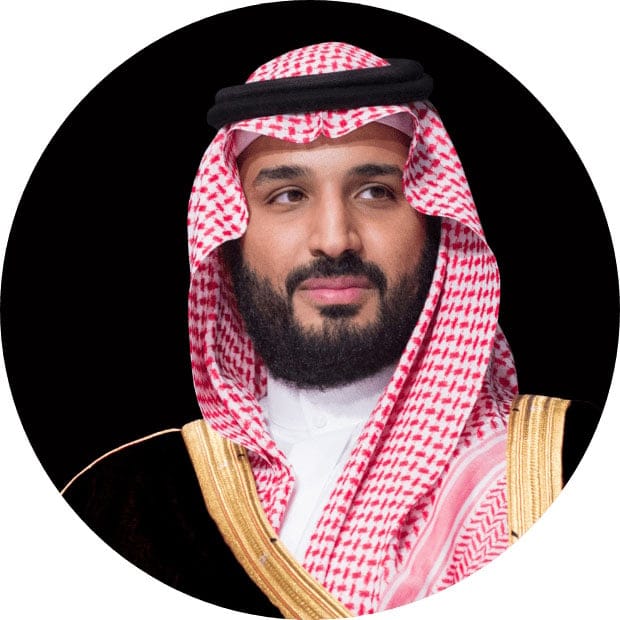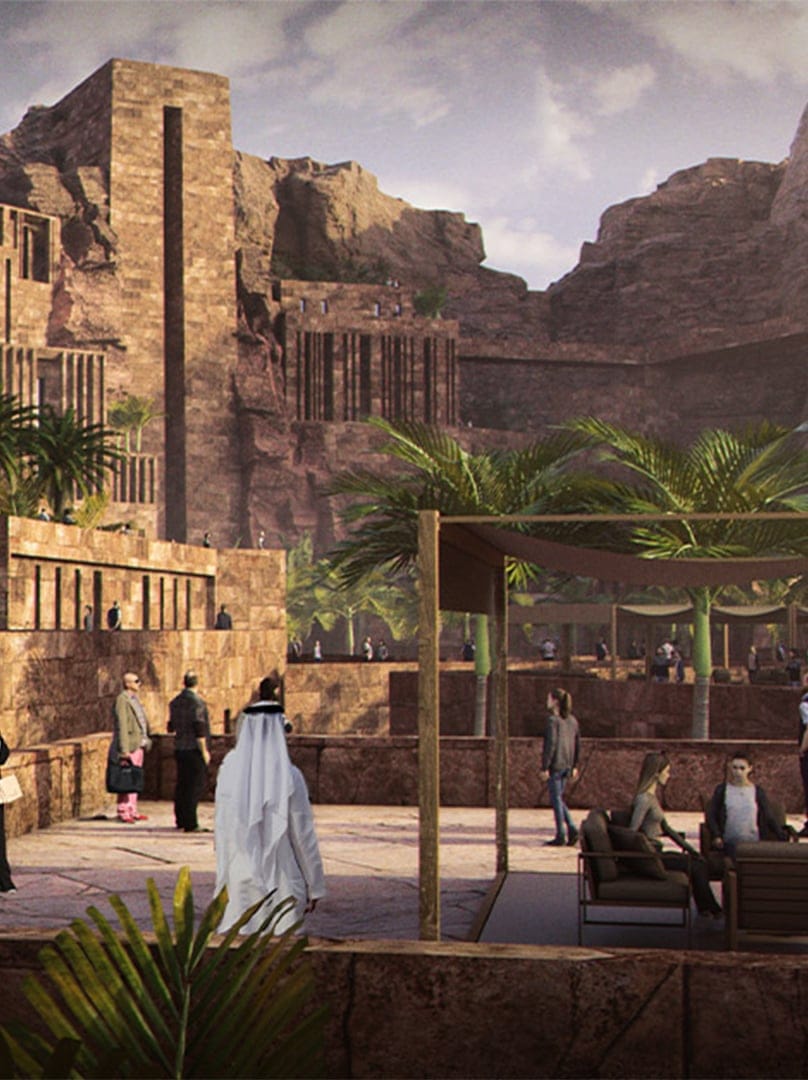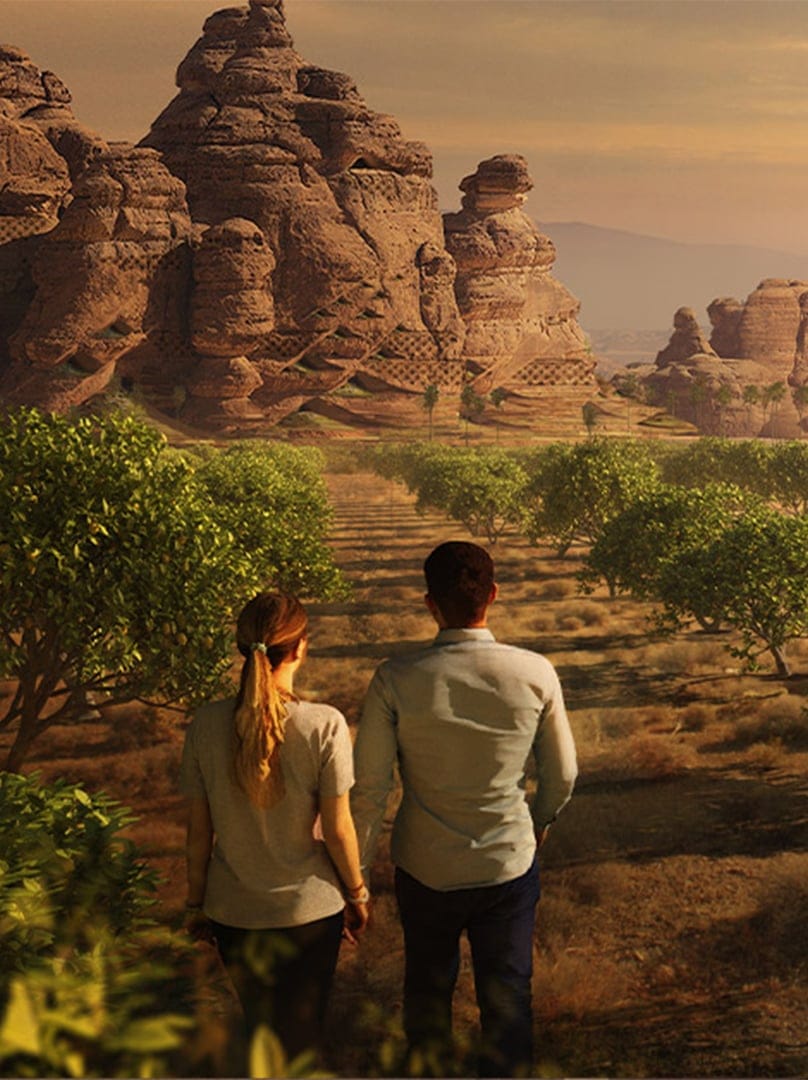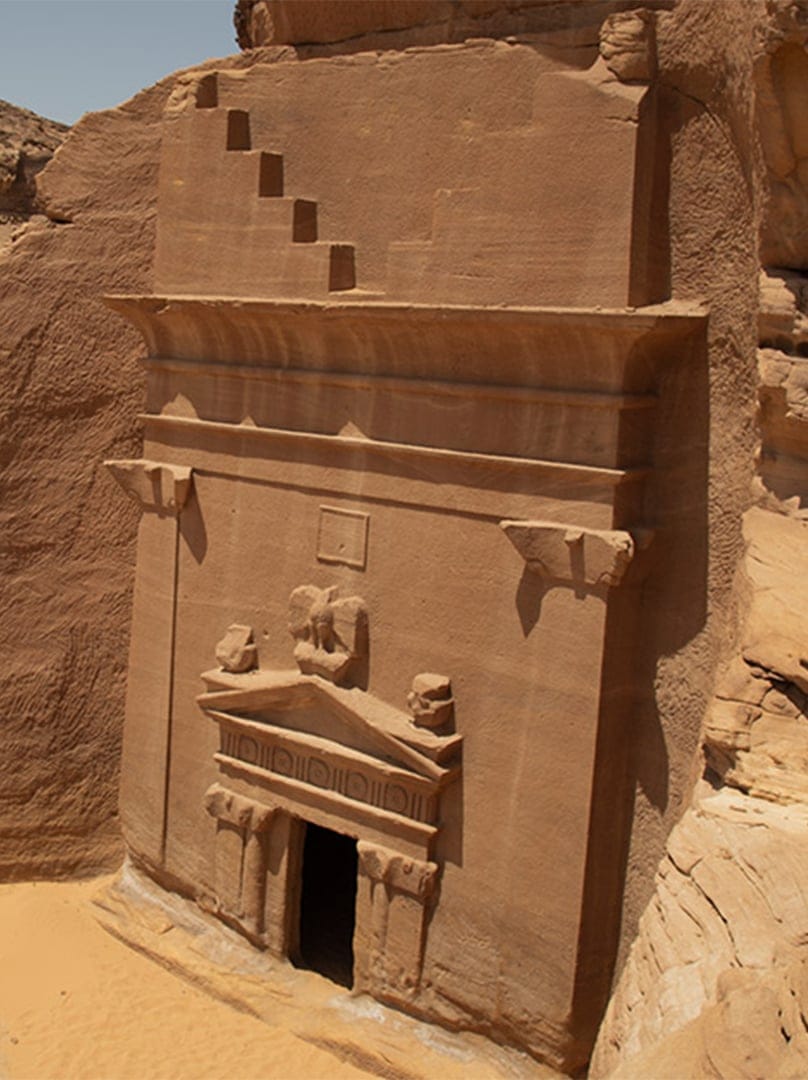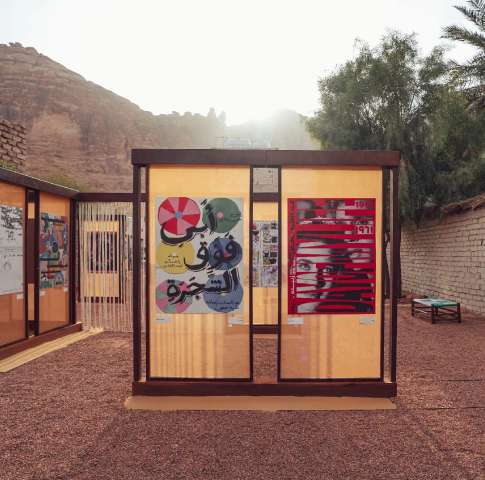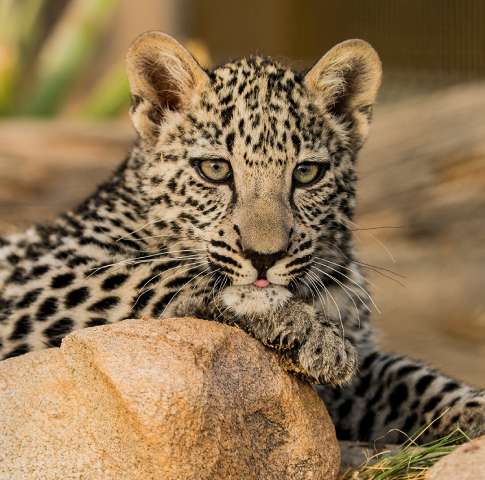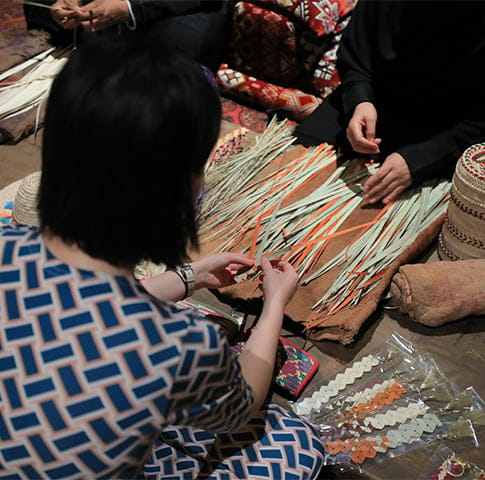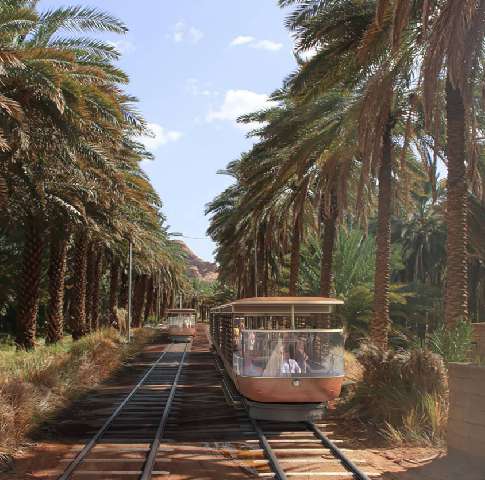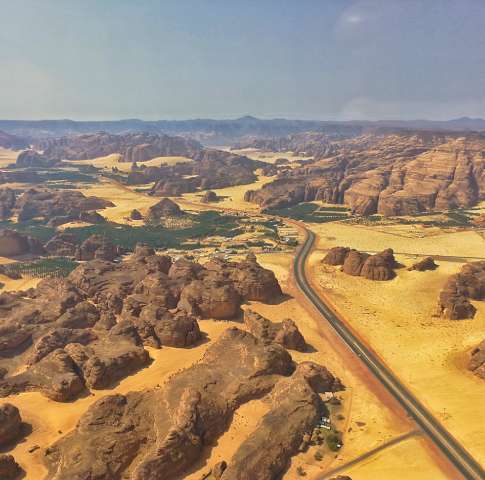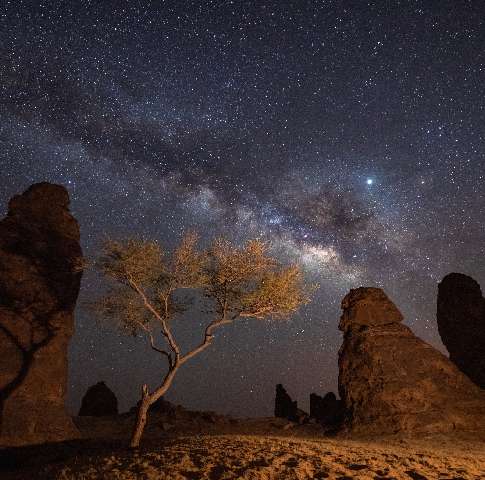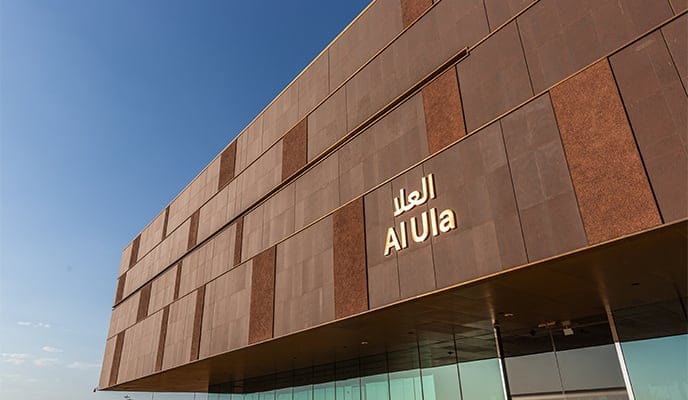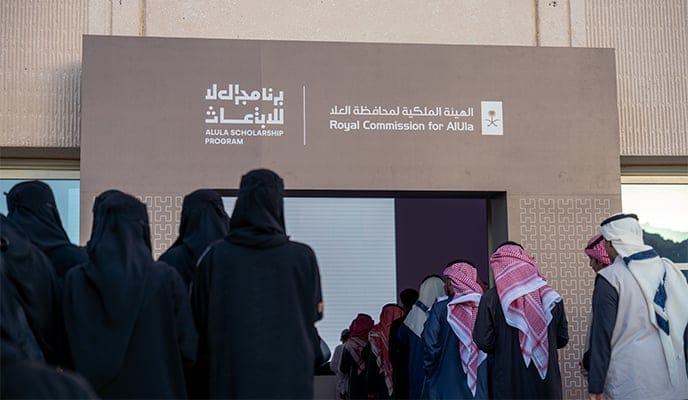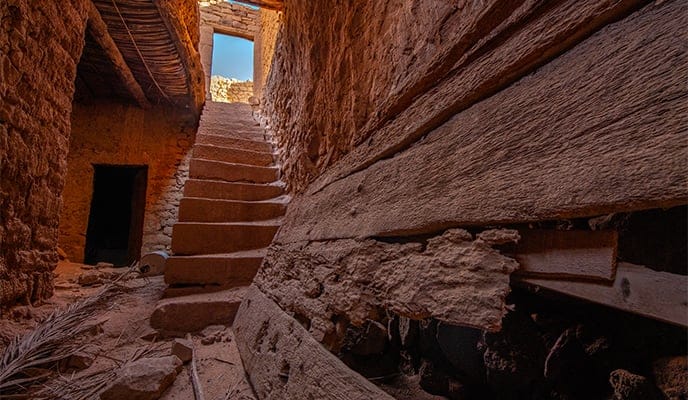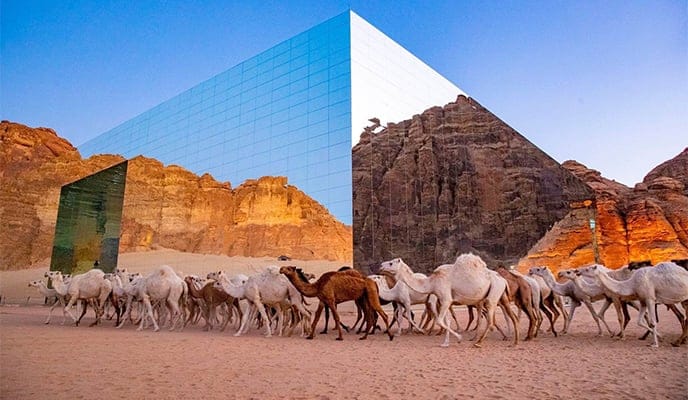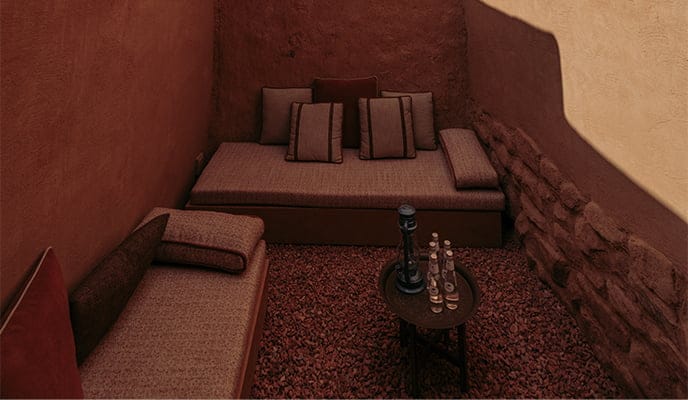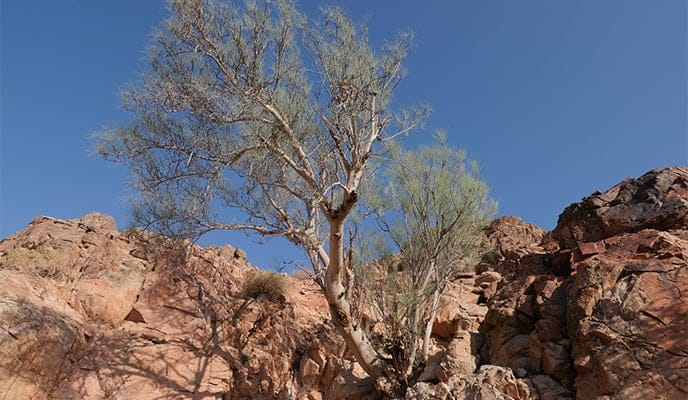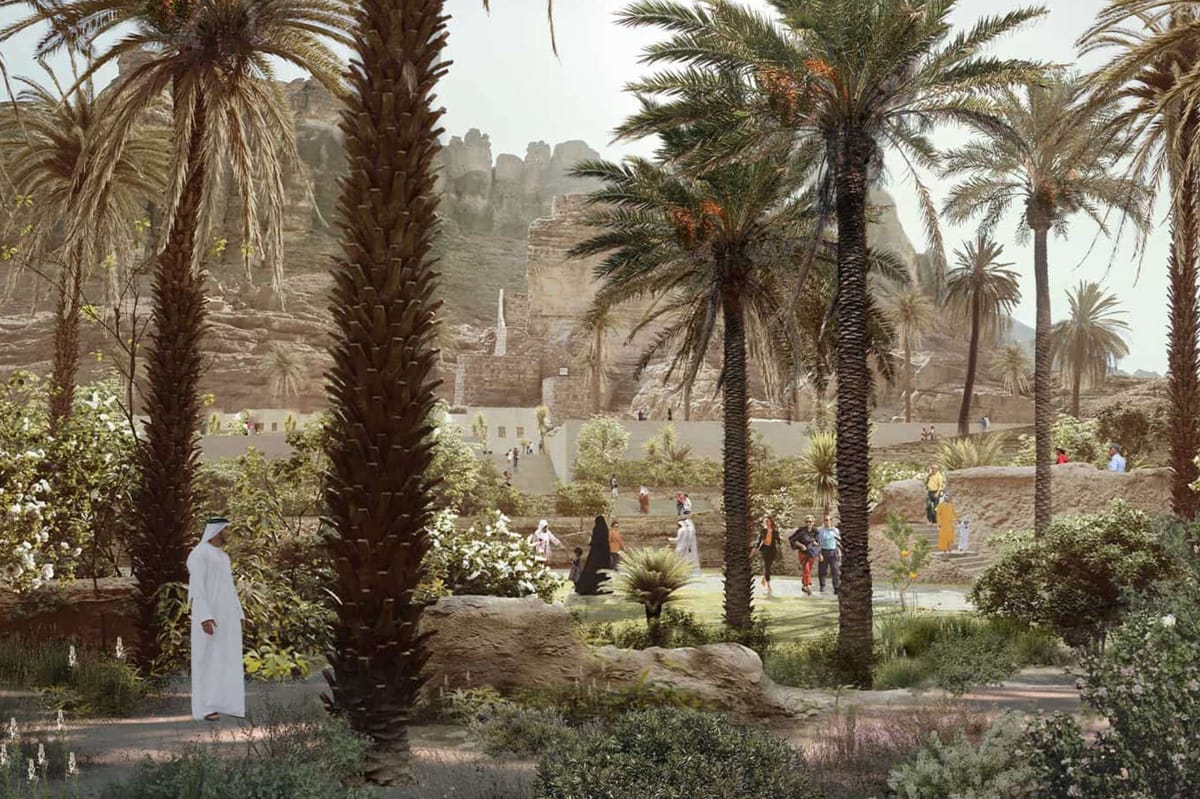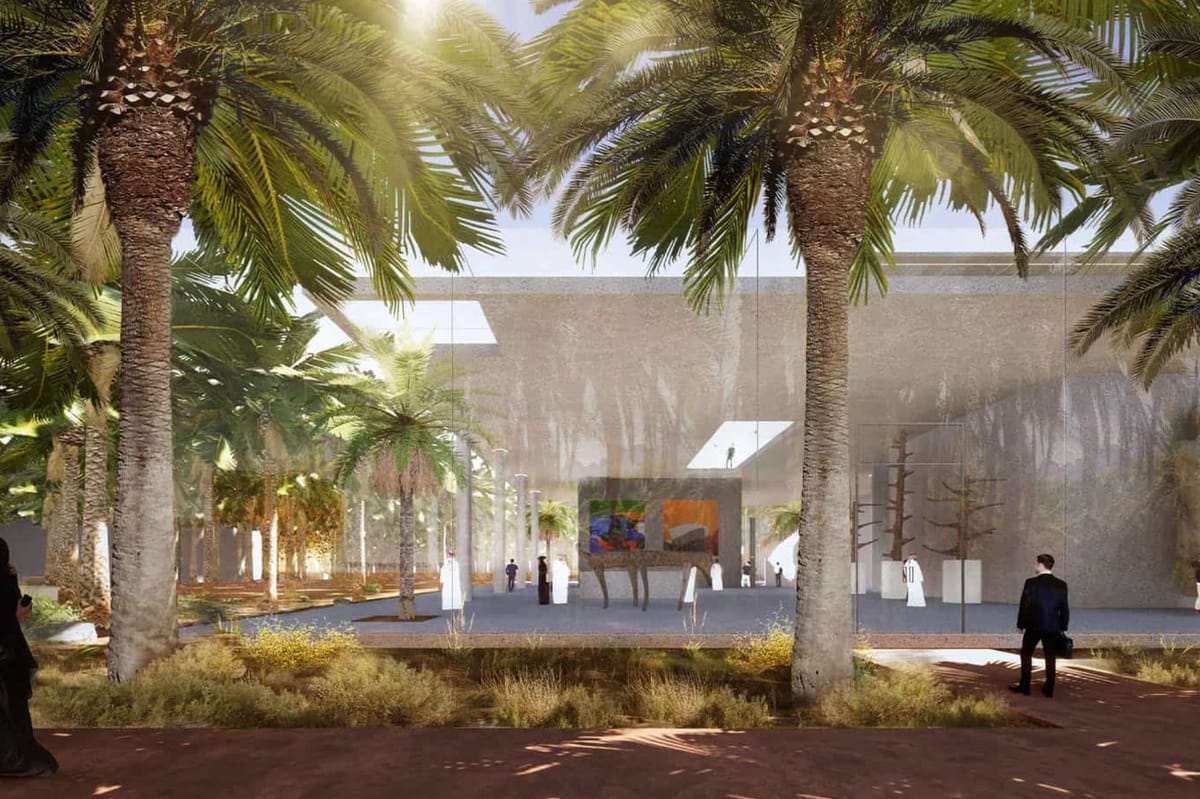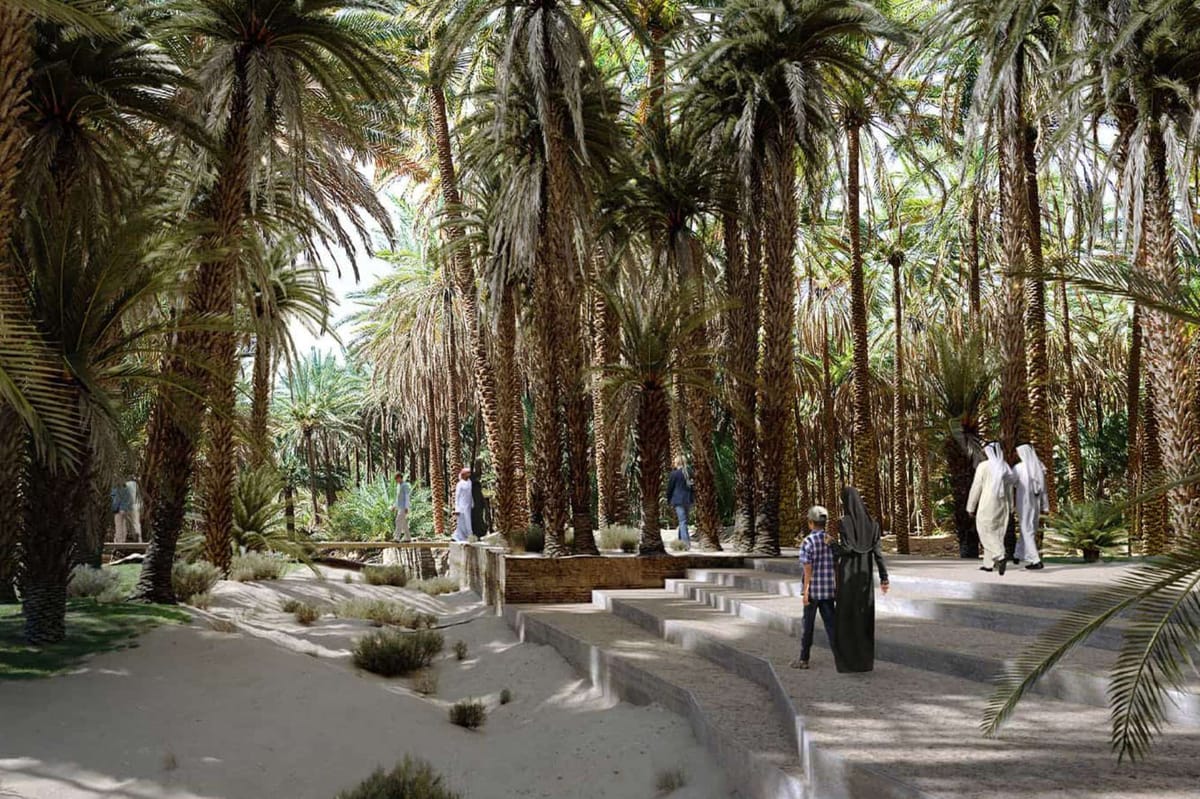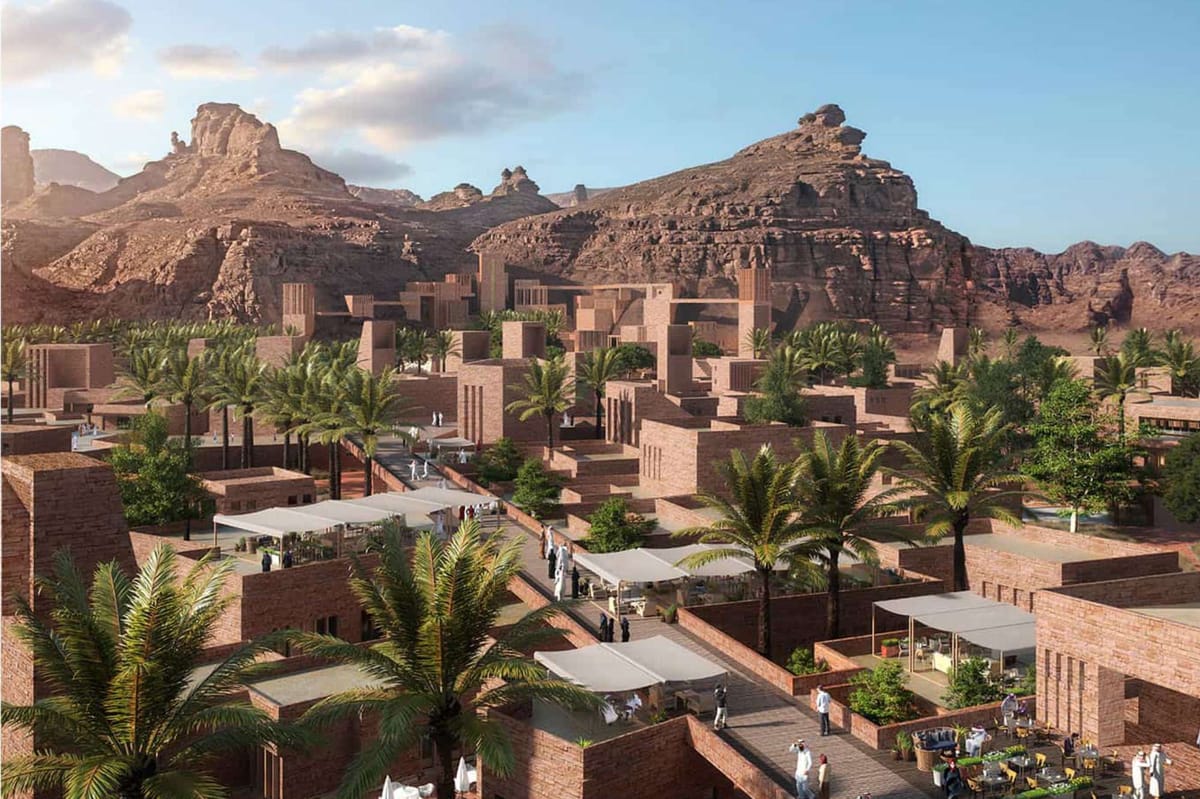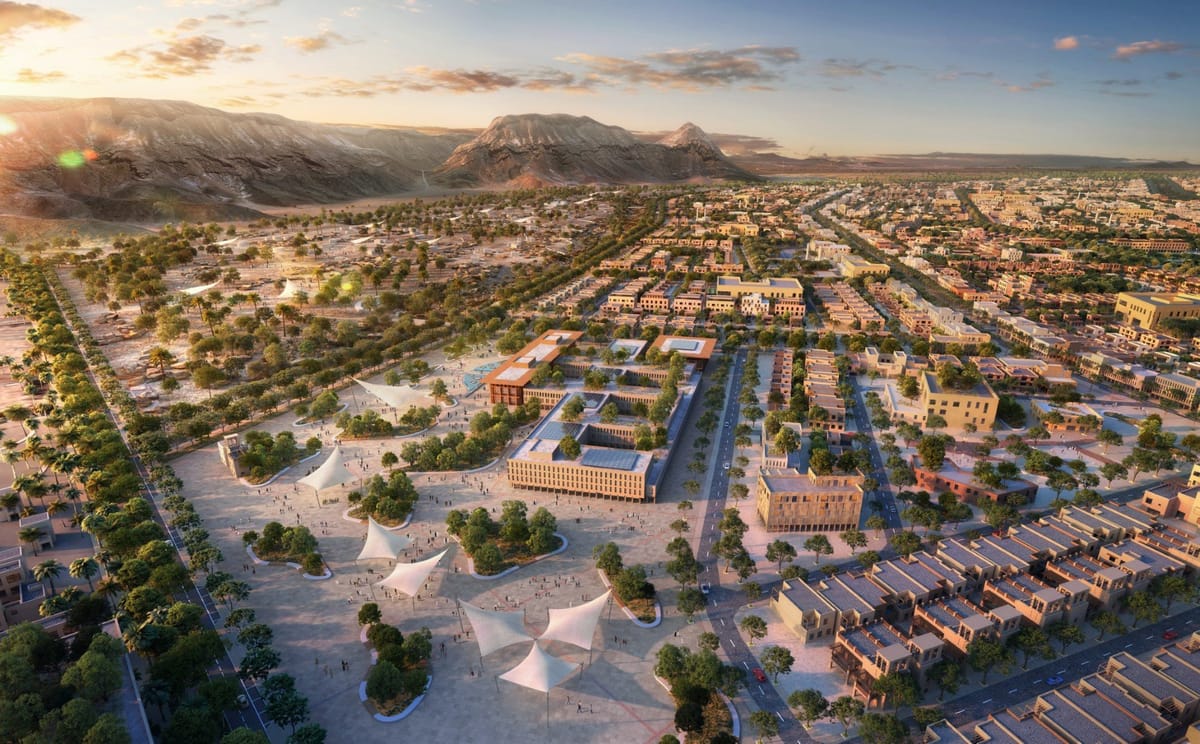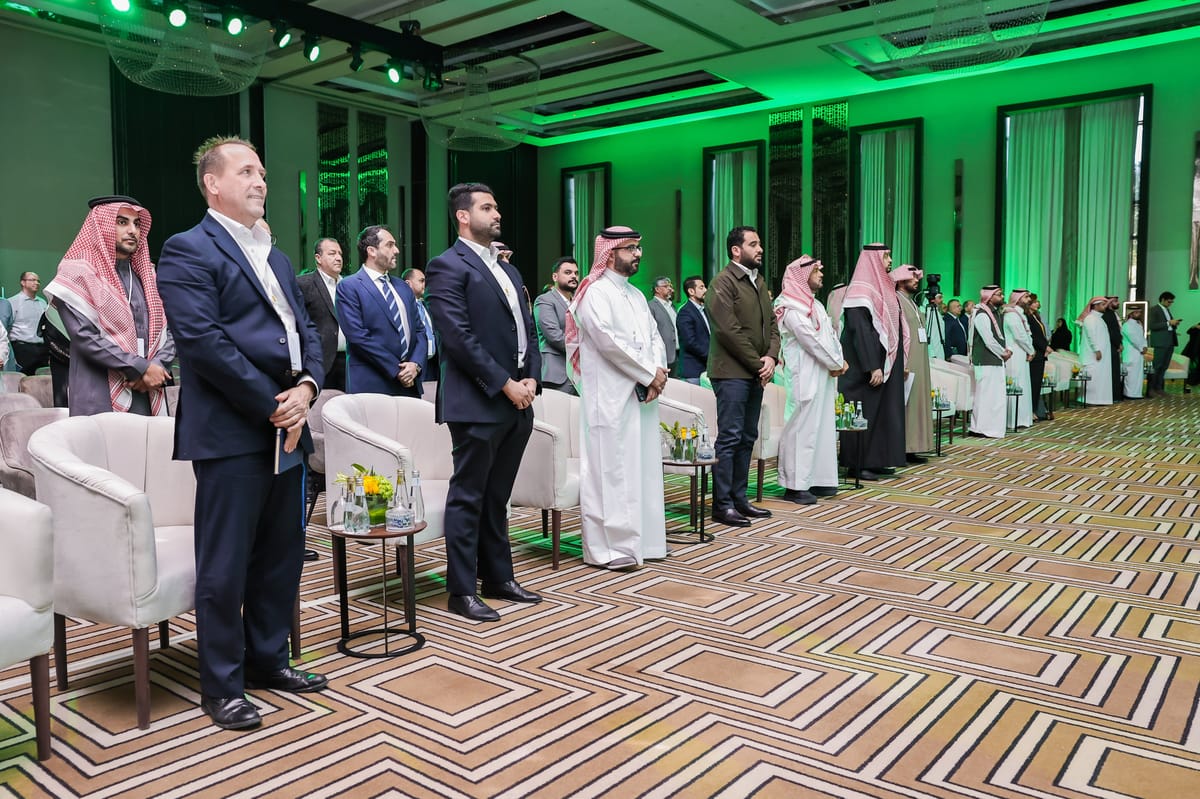The Journey Through Time Masterplan has been developed by a team of international and Saudi experts and is backed by extensive scientific studies on AlUla’s human patterns and environmental and geological evolution.
A team of international and Saudi experts at RCU developed the plan, with support from RCU’s partners at the Agence Française pour le développement d’AlUla (AFALULA) and RCU’s Advisory Board. It was also closely informed by archaeological research in AlUla.
This research includes extensive scientific surveys, research, and studies ranging from archaeological, geo-archaeological, and archaeobotanical surveys to plant resources, soil and water dynamics, agricultural practices, and more.
Research and study programmes at a glance:
Three major archaeological survey programmes across AlUla County:
AlUla Core Area—ground and drone landscape survey with Oxford Archaeology
AlUla Cultural Oasis—ground survey of the farms and water management features from Hegra to Old Town with Archaïos, led by AFALULA
AlUla Hinterland—helicopter and ground landscape survey with University of Western Australia
Five major and targeted archaeological excavation programmes across AlUla County:
AlUla Core Area—targeted excavations of prehistoric funerary and ritual structures and settlements plus selected masterplan structures with Oxford Archaeology
Old Town—targeted excavations in Alzawiya and Hamad b. Yunis Mosques
AlUla Hinterland—targeted excavations of prehistoric funerary and ritual structures and settlements with University of Western Australia
Dadan—excavation, conservation, and survey with the Centre National de la Recherche Scientifique, RCU, and King Saud University, led by AFALULA
Hegra—excavation, conservation, and survey led by the Centre National de la Recherche Scientifique
Three conservation surveys and stabilisation programmes:
Old Town—detailed survey to create high-resolution 2D plans, elevations, and 3D models; stabilisation of 30 units; restoration of two mosques; drainage and pest studies; and conservation guidelines with Heritage Conservation Consulting, plus materials testing and studies by CRAterre
Hegra, Jabal Ikmah, Dadan, Abu Ud—detailed scanning and orthophotography to create high-resolution 3D models with Factum Foundation
Hegra, Jabal Ikmah, Dadan, Abu Ud—determining adverse environmental factors with Istituto Superiore per la Protezione e la Ricerca Ambientale de Italia
Three Studies:
Old Town—establishing development of the town, through historical research, building archaeology, and targeted excavations with Archaïos, led by AFALULA
AlUla Oasis Archaeobotany—seed recovery and identification of past plant resources with the Centre National de la Recherche Scientifique, led by AFALULA
AlUla Oasis Geoarchaeology—soil sampling to identify natural and cultural phenomena over time with the Centre National de la Recherche Scientifique, led by AFALULA
